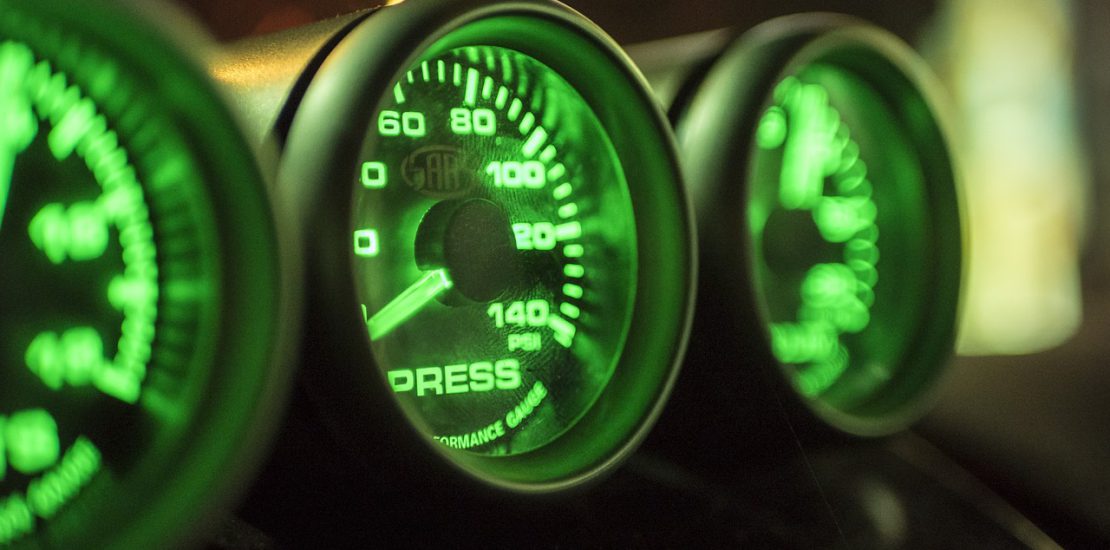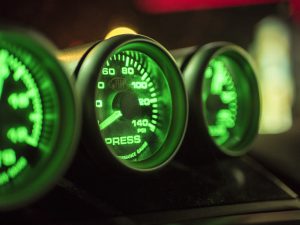- May 15, 2019
- Posted by: David Marshall
- Category: Manufacturing, Measurement

For manufacturing to be consistently accurate, you have to be measuring every point in the process. If each measurement point is not met, the product is a reject because it will not give you the result you’re expecting. So consistent, persistent measurement through the process becomes absolutely essential in order to achieve consistent, persistent excellence.
When I worked at Robroy, where we manufactured anti-corrosion conduit and fiberglass liners for oil field tubulars, we started measuring everything from the PVC coating to the thickness coating of the zinc on the conduit. We prepared the surfaces in such a way that it improved the bonding capabilities so our product outperformed all the rest.
We even measured the treatment process because the products had to meet the minimum UL and ETL requirements.
Before I came on board and we started measuring everything, we had an issue where our PVC coatings didn’t stick to the pipe. As a result, we were getting a lot of rejects, returns, and very angry complaints from the customers.
 In fact, before my time, there was a lot of failure in the field. There weren’t any lawsuits, but there were a lot of warranty claims and unhappy customers. At the time, this method was the industry standard, which meant no one could claim or prove they had a better product.
In fact, before my time, there was a lot of failure in the field. There weren’t any lawsuits, but there were a lot of warranty claims and unhappy customers. At the time, this method was the industry standard, which meant no one could claim or prove they had a better product.
My objective, once I arrived, was to ensure we had a better product and could prove it.
We started with the treatment process and came up with brand new processes. There weren’t any off-the-shelf processes you could buy, so we had to home-grow our own and we came up with a method where we could produce 30,000 linear feet in 8 hours.
Of course, we had to measure whether we were achieving the best results for our customers specs and whether we were within the tolerances that were proscribed by UL for a UL listing. Once we had treated the conduit, it went through a cleaning process and then a coating process.
Before that time, the standard reject rate was 15% – 16%, so you were only getting an 84% yield coming off the line. But even with that 84%, you didn’t know if it was going to work in the field.
But by creating our own processes and then measuring our results, we were able to reduce our reject rate from 16% to less than .5%.
In terms of dollars, that improved our profit by millions of dollars per year.
When we redid the process, that’s when we started measuring everything. We started measuring the original product, the treatment, the cleaning, and the coating. Then some samples had to pass an accelerated performance endurance test.
After that, our warranty claims dropped, and the reported customer issues dropped to zero. We had been spending as much as a couple million dollars on warranty claims and scrap, and all that dropped to zero thanks to the new process and measurement policies.
Soon, our product became the one everyone preferred using, because we could point to it as a premium long-lasting product with no failures.
I’ve been a manufacturing executive, as well as a sales and marketing professional, for a few decades. Now I help companies turn around their own business. If you would like more information, please visit my website and connect with me on Twitter, Facebook, or LinkedIn.
Photo credit: Joshua Wilson (Pixabay, Creative Commons 0)

